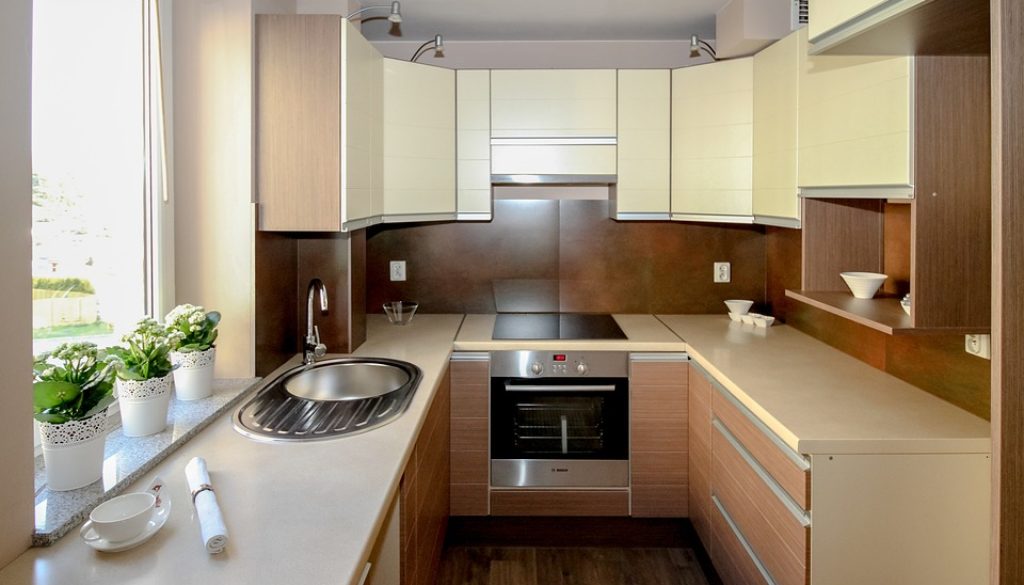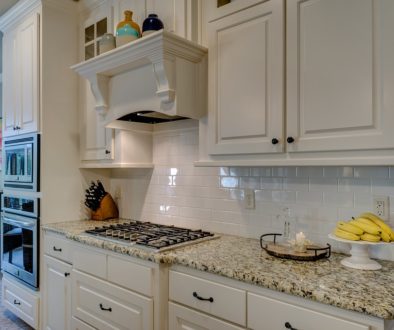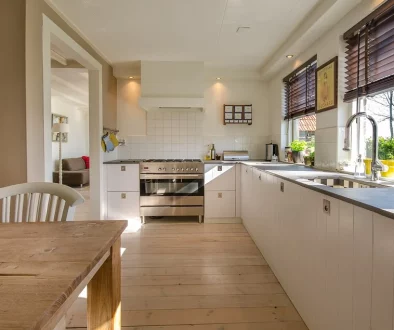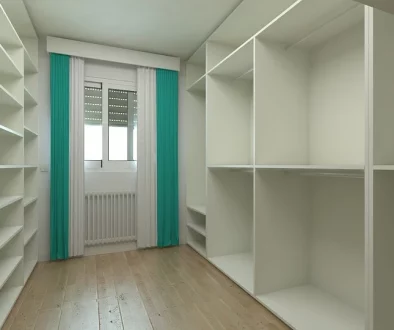Is there a Cost-Effective Way to Spruce Up Your Existing Kitchen?
If you’ve been considering refacing and achieving an aesthetic cabinet look, here are some observations you can make about your current kitchen to determine whether it’s the right option for you. If any of these statements ring a bell with you, refacing could be the ideal choice.
Your current cabinets are in overall good condition and structurally sound but they just aren’t to your taste any longer. The doors and hardware appear outdated and require replacement to make them up-to-date. You want a new look but don’t want the mess and hassle involved with removing and replacing cabinets, which could interfere with other components of your kitchen.
No doubt, however, that you have questions about the real costs of refacing. Here we’ve delved into those costs with data from current industry reports. Read carefully to determine whether you believe the costs provide you with an advantage over cabinet replacement.
Cost of Kitchen Refacing
The average national cost to reface cabinets is $6,684, with the majority of homeowners spending between $4151 and $9238. The total cost of your specific project will depend on a number of factors including the materials you choose and the number of hours it takes to complete the project. Below are some refacing materials why it is more likely expensive.
Common Refacing Materials
- Wood veneers $2500-$6000 – A wood veneer is a sheet or strip of very thin wood and is a common material for refacing. Options include popular woods like birch, oak, maple, ash, hickory, and walnut. You’ll find that the price of veneers can be as much as 25 percent higher than laminates because they are stronger and more durable and can last for years.
- Plastic laminate $1000-$3000 – Laminates for refacing are available in a large variety of both solid colors and wood grains. They are very durable and can be a good choice for those on a tight budget. Two types are available: high-pressure laminates such as Formica and low-pressure laminates like Melamine. Melamine is more likely to chip and is less water-resistant than its high-pressure counterparts.
- Rigid thermofoil $1000-$3000 – Rigid thermofoil doors are becoming a more popular choice. Thermofoil is a malleable vinyl that is molded onto medium-density fiberboard and shaped into the door style of your choosing. This is an inexpensive material but, when used correctly, it provides the appearance of wood grain at a fraction of the cost.
- Solid wood $5000 and up – The most expensive of the choices, solid wood obviously looks genuine and many homeowners believe the investment in wood is worth the price. Even when it has become worn, it can easily be refinished or repaired as needed.
Hardware Replacements
Homeowners will find that replacing existing hardware – like knobs, pulls, hinges, and handles – is the least expensive part of a project but can be important to the new look of your kitchen. Cost of replacing the hardware will vary based on the types of material they’re made from and the simplicity or ornateness of the style.
On average, basic cabinet handles cost between $5 and $15 at most home improvement or hardware stores. The more basic the hardware, the lower the cost. Higher priced hardware will be made of more expensive materials and will likely have a more intricate design. Shop around and choose hardware that matches the style of your new cabinets.
Labor Cost
When deciding whether you should take on a cabinet refacing project on your own, consider the time spent. Depending on the scope of the project, the materials, the size of the kitchen, and whether you are receiving any help from friends or family, the project could take three to four days or longer.
How much is your time worth? If you regularly make $50 an hour at your job, if choosing to DIY your kitchen refacing job results in loss of income for time off, it might not be worth doing it yourself. Figure your hourly cost as well as cost of supplies, tools, and material before you make a decision.
Is It Worth the Cost?
Refacing your cabinets costs approximately 40%-50% less than replacing your existing cabinets, especially if they are still structurally sound. This cost savings not only provides you with a new look at a fraction of the cost of replacement but also offers you the following perks:
- Reduced waste – There’s no need to tear out your old cabinet boxes, which eventually wind up cluttering landfills and garbage dumps. So, refacing means you’re contributing to the health of the environment.
- More eco-friendly – Refacing instead of replacing means fewer trees are torn down to make new cabinet boxes, doors, and drawers. That makes Mother Earth happy!
- Kitchen Layout Remains Intact – With refacing, you won’t need to rearrange your kitchen, which is ideal if you’re pleased with the current layout.
With so many reasons to reface instead of replace, more and more homeowners are turning to this cost-effective way to spruce up their existing kitchen!




